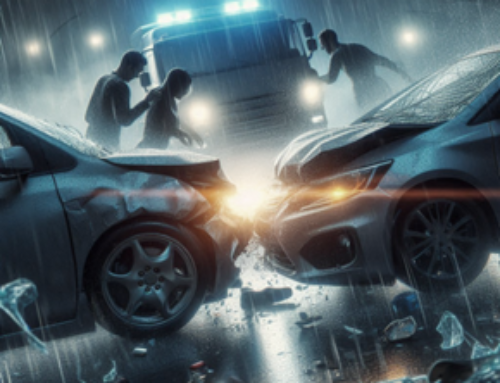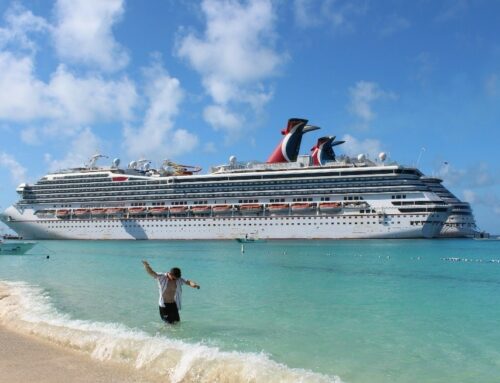Understanding and Preventing Motorcycle-Car Collisions: The Four Chances for Error
 The Looked But Failed to See (LBFTS) Right-of-Way Violation (ROWV) scenario in motorcyclist/car collisions presents a complex and often tragic problem. This phenomenon, where a driver fails to notice a visible motorcyclist, can be broken down into four key error opportunities. Understanding these errors and their associated visual phenomena is crucial for both motorcyclists and drivers to reduce the likelihood of such accidents.
The Looked But Failed to See (LBFTS) Right-of-Way Violation (ROWV) scenario in motorcyclist/car collisions presents a complex and often tragic problem. This phenomenon, where a driver fails to notice a visible motorcyclist, can be broken down into four key error opportunities. Understanding these errors and their associated visual phenomena is crucial for both motorcyclists and drivers to reduce the likelihood of such accidents.
The Human Visual System: More Than Just a Camera
It’s a common misconception that our eyes and brain function like a camera lens, capturing everything in our field of vision if we only look hard enough. However, this is not the case. The human visual system is complex and subject to certain limitations and phenomena that can lead to LBFTS scenarios.
The Four Chances for Error
- Didn’t Look: This occurs when a driver is either distracted or misunderstands the road layout, failing to look in the necessary direction. Motorcyclists must anticipate such situations, especially in complicated driving conditions like roundabouts, reducing speed and being ready for evasive action. Conversely, drivers should minimize distractions and take extra time to understand unfamiliar road layouts.
- Looked but Couldn’t See: Sometimes, a driver looks, but the motorcyclist isn’t visible due to being in a blind spot or obscured by objects like car pillars. Motorcyclists should position themselves to be visible, while drivers should adjust their viewing angles and take time to look around obstructions.
- Looked, Motorcyclist Visible, but Didn’t See: This is a case of inattentional blindness, where the driver looks at the motorcyclist but doesn’t register their presence. This can be due to the motorcyclist’s small size, lack of prevalence, or lack of meaning in the driver’s perspective. Saccadic masking, a phenomenon where rapid eye movements lead to gaps in visual perception, also can contribute. Motorcyclists should increase their visibility with high-visibility gear and lights, and drivers should consciously search for less noticeable road users.
- Looked, Saw but Miscalculated: This involves misjudging the motorcyclist’s speed and distance, often due to the size-arrival effect where smaller objects like motorcycles are perceived to be farther away than they are. Motorcyclists should approach intersections cautiously, while drivers should assume that motorcycles will arrive sooner than anticipated.
The interplay of blocked vision, inattentional blindness, saccadic masking, speeding, motion camouflage, and the size-arrival effect creates a hazardous environment at intersections. Awareness and proactive measures from both motorcyclists and drivers are essential. Motorcyclists can make themselves more visible and approach intersections cautiously, while drivers should enhance their observational techniques and adjust their perception of motorcyclists’ speed and distance.
By understanding and addressing these four chances for error, we can significantly reduce the frequency and severity of LBFTS ROWV motorcycle-car collisions.
We at the Herd Law Firm, PLLC, are drivers and motorcycle riders, too! We support drivers, bikers and motorcyclists injured on the road, and have successfully represented such victims seeking the assistance and compensation they so need and deserve.
12/28/2023







